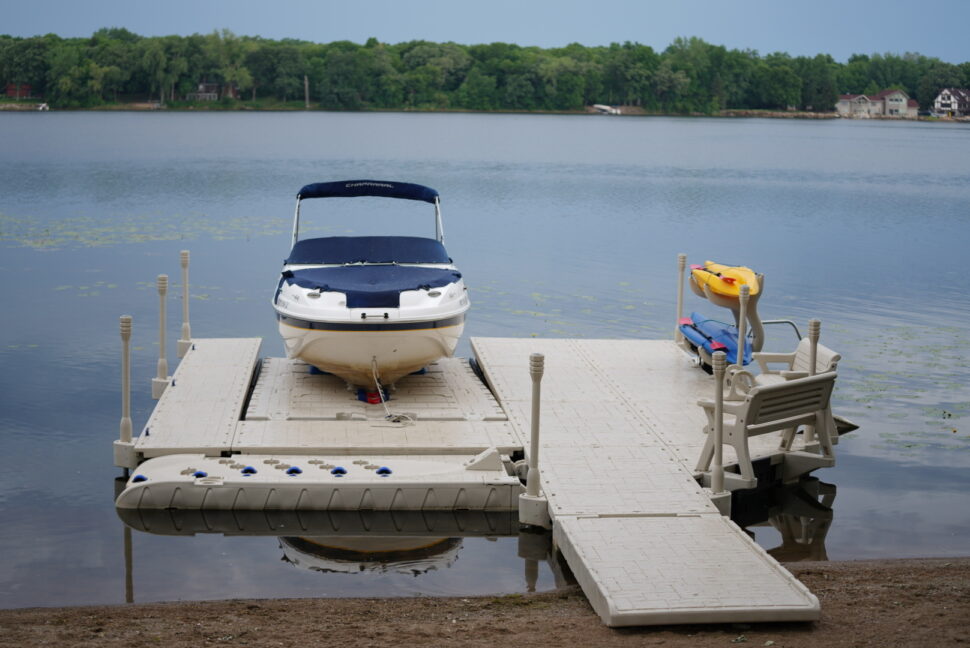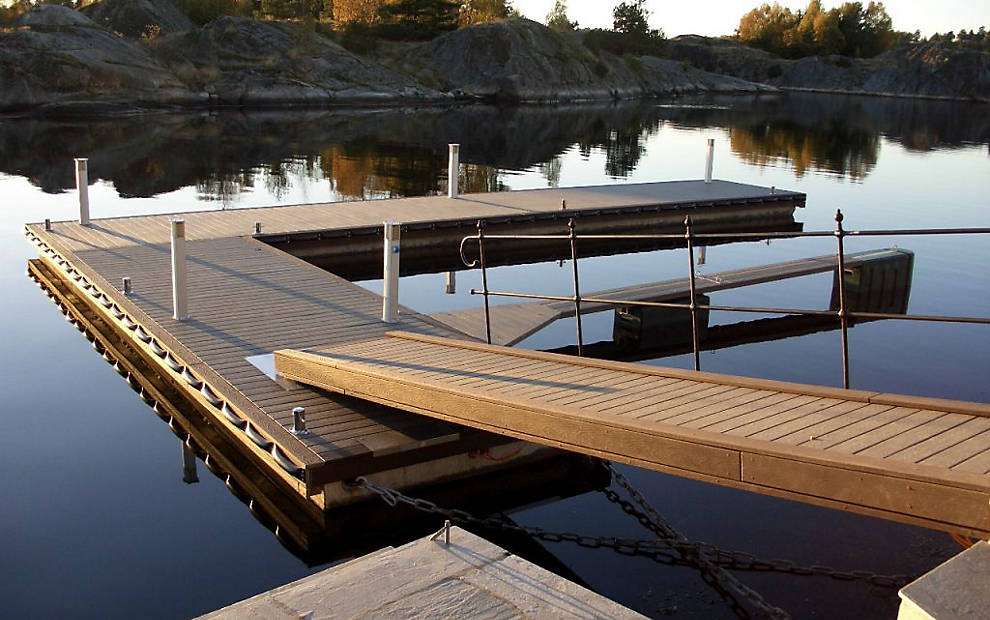Floating Dock Services That Transform Your Beachfront into an Unwinding Sanctuary
Floating Dock Services That Transform Your Beachfront into an Unwinding Sanctuary
Blog Article
The Ultimate Guide to Picking the Best Floating Docks
Choosing the perfect floating dock needs an extensive understanding of various components that affect both performance and long life. Variables such as dock types, materials, and essential features dramatically affect your decision-making process.
Comprehending Floating Dock Types
When choosing a drifting dock, it is crucial to recognize the various kinds offered, as each offers unique objectives and applications. Floating docks primarily drop into 3 categories: modular, fixed, and pontoon docks.
Modular docks are made up of individual areas that can be easily set up or reconfigured, making them perfect for transforming water levels and diverse usages, such as business operations or recreational activities. Their flexibility enables customization based upon certain demands.

Pontoon docks are defined by their buoyant structure, usually made up of multiple pontoons that give stability and support. They are especially well-suited for bigger vessels and are typically used in marinas or for waterside homes. Understanding these kinds aids in choosing one of the most suitable floating dock to meet certain needs, ensuring ideal capability and security.
Key Products for Sturdiness
Picking the best products for floating docks significantly effects their resilience and long life. One of the most common materials consist of timber, plastic, steel, and composite materials, each offering unique benefits and limitations.
Wood, often favored for its visual allure, requires routine upkeep to hold up against moisture and decay. Pressure-treated lumber can improve resistance to rot, yet it might still be vulnerable to pests and weathering.

Plastic docks, constructed from high-density polyethylene (HDPE), are immune to deterioration, UV radiation, and effect, making them a popular option for seaside atmospheres. Their light-weight nature also facilitates simple installation and relocation.
Steel docks, commonly built from light weight aluminum or galvanized steel, offer exceptional stamina and durability. They are resistant to deterioration, especially when dealt with, yet may need added insulation to stop warmth accumulation in hot environments.
Composite products, combining wood fibers and plastics, supply the advantages of both wood and plastic, withstanding dampness and fading while requiring very little upkeep. - floating docks
Eventually, the selection of products should align with environmental problems, planned use, and maintenance choices to make certain the floating dock remains practical and cosmetically pleasing over time.
Necessary Features to Take Into Consideration
While the choice of materials is critical, taking into consideration essential functions for floating docks is similarly crucial to guarantee optimum efficiency and customer complete satisfaction. One essential function to examine is the dock's buoyancy ability, which figures out how much weight it can support without immersing. floating docks. This is vital for fitting watercrafts, individual boat, and also recreational tasks
In addition, portability is a considerable factor to consider. Depending on your demands, you may want a dock that is very easy to dismantle and carry, specifically if you intend to transfer it seasonally. Security is one more essential function; a properly designed floating dock must decrease movement triggered by wind and water currents, providing a secure system for customers.
Safety features, such as non-slip surfaces and rounded sides, are likewise critical to avoid accidents, specifically in damp conditions. Moreover, think about the accessibility of devices, such as ladders, bumpers, and cleats, which can enhance the functionality of your dock.
Setup and Maintenance Tips
Setting up and keeping a floating dock needs Resources cautious preparation and focus to information to ensure its durability and ideal efficiency. Begin by picking a suitable area that minimizes exposure to strong currents and waves, which can trigger deterioration. Make certain that the water depth suffices for the dock's height and that it is anchored safely to stop activity.
Throughout installation, comply with the supplier's standards very closely, as incorrect setting up can compromise security. Usage top notch materials resistant to corrosion, such as light weight aluminum or dealt with wood, to enhance durability. Consistently examine all parts, consisting of drifts, connectors, and anchoring systems, for indications of damage or wear.
Upkeep is crucial for extending the life of your dock. Clean the surface areas occasionally to avoid algae buildup and look for any kind of loose fittings that may call for tightening up. Guarantee they stay free and undamaged from slits if your dock uses flotation gadgets. Furthermore, think about applying protective coatings to wood components to decrease weathering impacts. try this site By sticking to these setup and maintenance ideas, you can take pleasure in a practical and dependable floating dock for many years to find.
Budgeting for Your Dock
Budgeting for your dock is an important step that can considerably impact your general complete satisfaction and investment in a waterfront home. Establishing a clear spending plan aids you browse the various alternatives available and ensures you make informed choices that line up with your monetary abilities.
Begin by establishing the size and layout of the dock you need, as these elements will greatly influence the cost. Floating docks can differ substantially in rate, relying on materials, buoyancy, and functions like ramps and devices. Research different suppliers and distributors to contrast costs and understand the marketplace value.
In enhancement to first costs, think about continuous costs such as maintenance, insurance, and prospective repairs. Allocate funds for these recurring prices to stay clear of surprises down the line. It's also prudent to spending plan for any type of necessary permits or evaluations, which might be needed by local policies.
Last but not least, keep in mind the possible roi. A tactical dock can enhance your residential property's value and appeal, providing a favorable monetary impact in the lengthy term. By budgeting efficiently, you can make certain that your dock meets your needs without compromising your financial stability.
Final Thought
In conclusion, selecting the optimal floating dock necessitates a comprehensive evaluation of various elements, including dock types, materials, necessary functions, and setup processes. Careful factor to consider of financial restraints will additionally make certain a sound investment.

While the option of materials is critical, considering crucial features for floating docks is similarly vital to make certain optimum efficiency and user complete satisfaction.Establishing up and maintaining a drifting dock needs mindful preparation and focus to detail to guarantee its long life and optimal efficiency. Floating docks can vary dramatically in price, depending on products, buoyancy, and functions like ramps and devices.In verdict, selecting the perfect floating dock requires a blog here complete assessment of different aspects, including dock types, products, essential features, and installment procedures.
Report this page